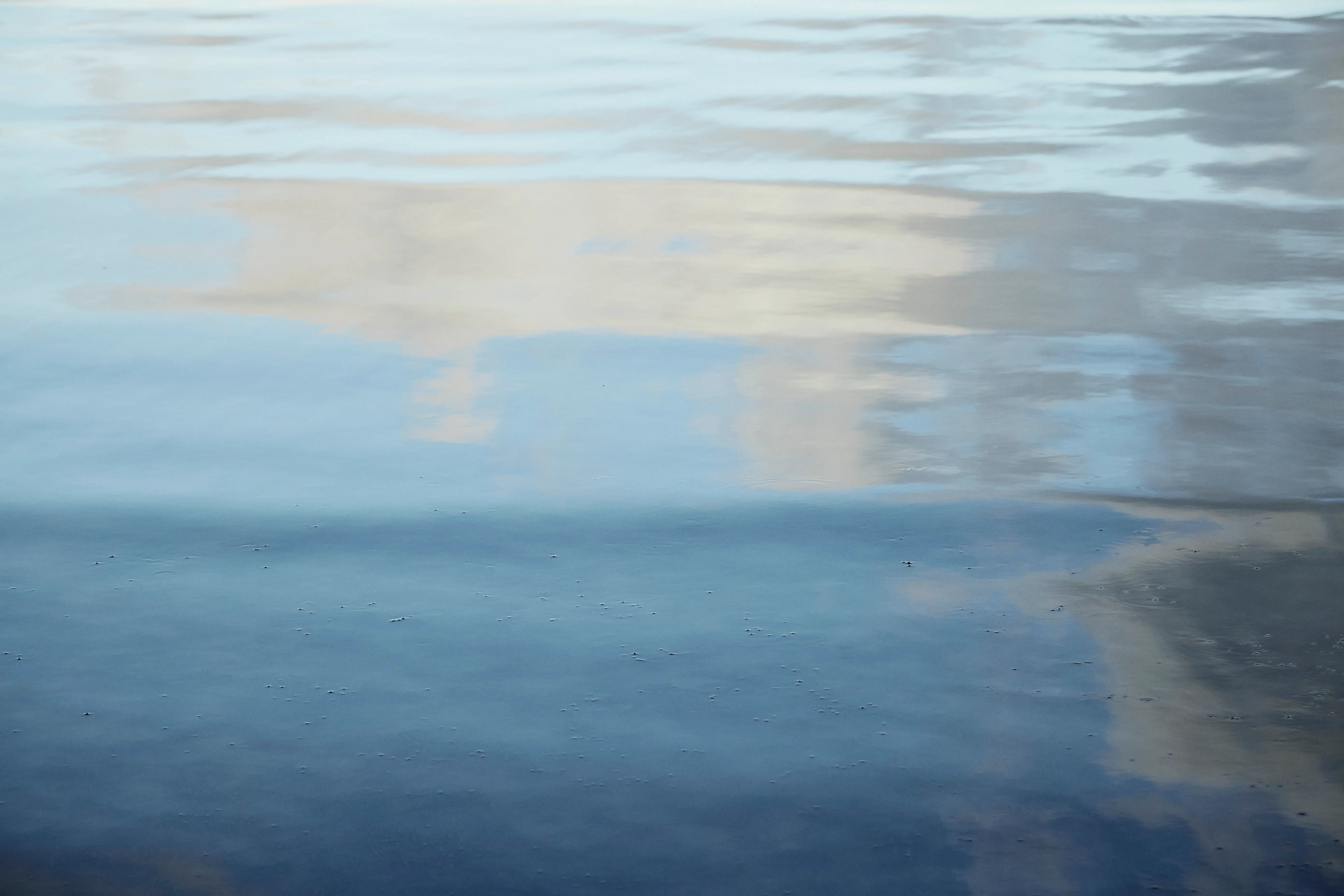Brazilian football legend Kaká is on stage in an industrial area in the east of Singapore’s main island, running his fingers over the space age plastic which makes up a new Oppo foldable phone. “Really nice”, he says, with a slightly nervous grin. Later he’s shown a picture of himself taken on the same device the previous day. “Really nice,” he says. He looks like generative AI made a sports star, ageless and almost cartoonishly handsome. Really nice.
Kaká has been flown in for an event to debut a pair of new devices, the Find N3 and Find N3 Flip, each pricey but very highly specced. They represent the year’s most important event for Oppo, a Chinese cellphone manufacturer that has become a force in much of Asia with a range of serviceable devices which have achieved huge sales at the budget end of the market since debuting in China in 2004. Yet their ambitions stretch far beyond that, and the company has steadily built momentum to regularly be the top-selling brand in China, and among the top five worldwide. These new devices are a new frontier though, technically astounding and aggressively targeting consumers who default purchase the latest Apple or Samsung product.
It’s an ambitious goal, and to achieve it they’ve flown in media from around the world. There are perhaps 500 people gathered in an aircraft hangar adjacent to Singapore’s enormous Changi airport. I’m there as part of a contingent of 20 or so from Australia and New Zealand, a mix of Oppo staff, publicists and reporters. It’s all expenses paid and no expense spared, yet there is none of the usual negotiation around coverage ahead of time. Oppo’s profile is low compared to the incumbents; these devices and this trip are part of an effort to change that, the company understands it will take years and is prepared to wait.
It’s a multifaceted project. Oppo sponsors big sporting events, including the Champion’s League and Cricket World Cup, along with forging ambassadorial relationships with the likes of Kaká. His appearance caps the end of a highly choreographed 90-minute event which features multiple senior executives talking about these new devices. They stand in front of an enormous tennis court-sized screen, following the Apple product launch playbook, even down to the stark Helvetica type on a white background.
The comparison seems ludicrous: Apple is the largest company in the world by market capitalisation. The product vision of its founder Steve Jobs essentially created the modern world, from hardware to media to technology.
What is a relatively small Chinese company doing tilting at the most powerful force in global capitalism?
Playing a very long game
The presentation does a pretty good job of explaining. Oppo might not be a household name, but it is putting in work. For the last four years, it has been among the 10 most vigorous filers of patents in the world, alongside behemoths like compatriot Huawei and South Korea’s Samsung and LG. It has placed an enormous, company-sized bet that foldable devices will be a major part of the future of personal electronic devices, reasoning that versatility and compact size will prove irresistible to consumers over time.
But taking your standard rectangular device and having it fold – either in half, to a typical wallet size in the Flip’s case, or outward to double in size, as with the new flagship Find N3 – is a fiendishly difficult engineering problem. Hence all the patents. Samsung, which was never mentioned by name and only referred to as “our main competitor”, was the first big manufacturer with a foldable. Yet Oppo believes it now has a substantial lead, and reeled off a series of stats to burnish the case.
The first telephoto lens in a foldable… 500% stronger… 255% more dynamic range… Lighter than its competition. Its flagship is the Find N3, which folds out into a square the size of two iPhones, a pocket-size tablet. Its most substantial innovation is Apple-esque and more conceptual than technical – an infinite screen meaning multiple apps can be open and moved beyond the visible area. It’s a direct competitor to Samsung’s Galaxy Z Fold5, with each retailing for around $3,000. But despite Samsung’s huge marketing spend, Oppo appears to have taken the technological lead. Ray Shaw, a writer for independent Australian tech site Cybershack, which publishes ultra-deep reviews of all major devices, puts it simply: “Samsung loses on every aspect.”
I’m not a consumer tech critic, but most other media on the trip are, and they seem convinced that this device represents a very sophisticated piece of hardware. The company takes technology very seriously – over a drink afterwards, an exec tells me the company made four foldables before ever releasing one, deciding they were not ready for primetime. With the Find N3, it’s extremely confident. Still, China has a complex history with technology – the last manufacturer making waves around the world was Huawei, which saw its brand and market share cave after questions were raised about Chinese government access to its 5G equipment in 2018.
Oppo does not operate in that area, and believes that should save it from Huawei’s fate. Yet it’s one thing to create this product, another to convince people to move on from the reliable and familiar. Part of that pitch is this lavish trip: luxury flights and accommodation, dinner at Michelin-starred restaurants, drinks atop the iconic Marina Bay Sands resort. Just being in Singapore is part of the pitch. The city feels like it operates five years into the future – someone pops out to eat lab-grown meat, and I saw three different robots unobtrusively doing their jobs.

